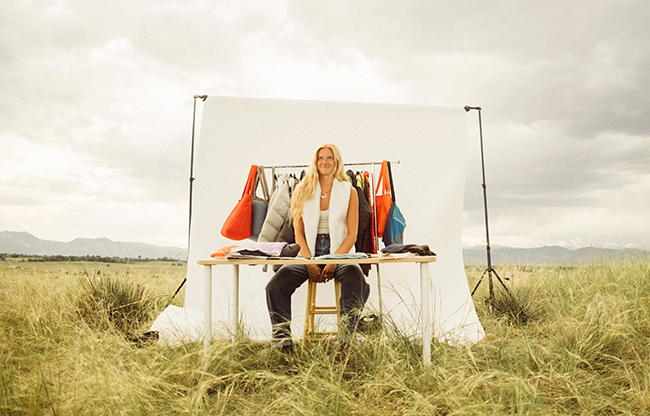Boulder County Birding
26 Mar 2022
Spring is a great time to spot migratory species
By Marsha Barancik
Naturalist Dave Sutherland consults an unlikely source when he’s birdwatching around Boulder County—a Costa Rica birding guidebook.
That’s because many of our nesting songbirds winter in Central America before making their way here in spring to breed along our ponds and creeks, as the cackling geese that dominated our waterways in the winter get ready to move out.
The beauty of birding is its unpredictability. Sutherland, who recently retired from Boulder’s Open Space and Mountain Parks after 25 years and now leads his own birding hikes (COVID permitting), says that even as the volume of migrants drops, rare sightings are always possible. “Every year is up for grabs,” he says. “You never know what kind of rarity might fly in,” based on storms, wind patterns and other variables. For example, unexpected numbers of hooded merganser ducks were prevalent in 2021, although rationale for their spike is unclear.
“This is why we keep doing it; it’s always different,” explains Sheridan Samano, founder of the Birding and Beers Meetup and author of “Best Birding Hikes: Colorado’s Front Range.”
To spot more birds, Samano and Sutherland say, take note of when species are most active. While waterfowl species are evident at any time of day, songbirds are most active in the morning as they look for food, and birds of prey are commonly seen hunting midday.
Samano and Sutherland also remind birders to avoid peeping into nests: “Do nothing that could disrupt an eating or nesting bird,” says Samano.
Here are these experts’ favorite tips for BoCo spring birdwatching:
Waterfowl kick off the breeding season across Sawhill Ponds, Waneka Lake, Pella Crossing and area creeks early in the year. From shoreline trails, look for diving ducks, such as common goldeneye, buffleheads, mergansers and redhead species in the center of ponds. Find red-winged and yellow-headed blackbirds on shores and in cattails. Large migratory species such as the American white pelican and ospreys like to fish in local waters.
Colorful songbirds that feast on insects and fruit typically phase in during April. Usual suspects documented by local birders during the 2021 breeding season include tanagers, flycatchers, Western kingbirds, warblers and orioles.
Raptors often rebuild and reuse the same nests each year. April through June, it’s easy to find red-tailed hawks, ospreys and bald and golden eagles breeding locally. Falcons nest in the Flatirons, while Swainson’s hawks seek open space and burrowing owls exclusively nest in abandoned prairie dog burrows. (Samano has also observed Swainson’s hawks breeding at Waneka Lake.) Keep in mind that not all raptor activity is obvious to the naked eye. For instance, kestrels, the smallest raptor species in the area, nest in woodpecker holes and wooden boxes.
Birding Resources
- To learn where and what some raptors hunt, visit the raptor loop map.
- Osprey nest activity can be viewed at Boulder County's live osprey nest feed.
- Hang out with other birders (and birdwatching experts) at Lafayette Birds! First Sunday Bird Watching. Visit lafayetteco.gov/calendar for details.
- To document your finds (and see what other local birdwatchers have found), check out the public database at ebird.org.















